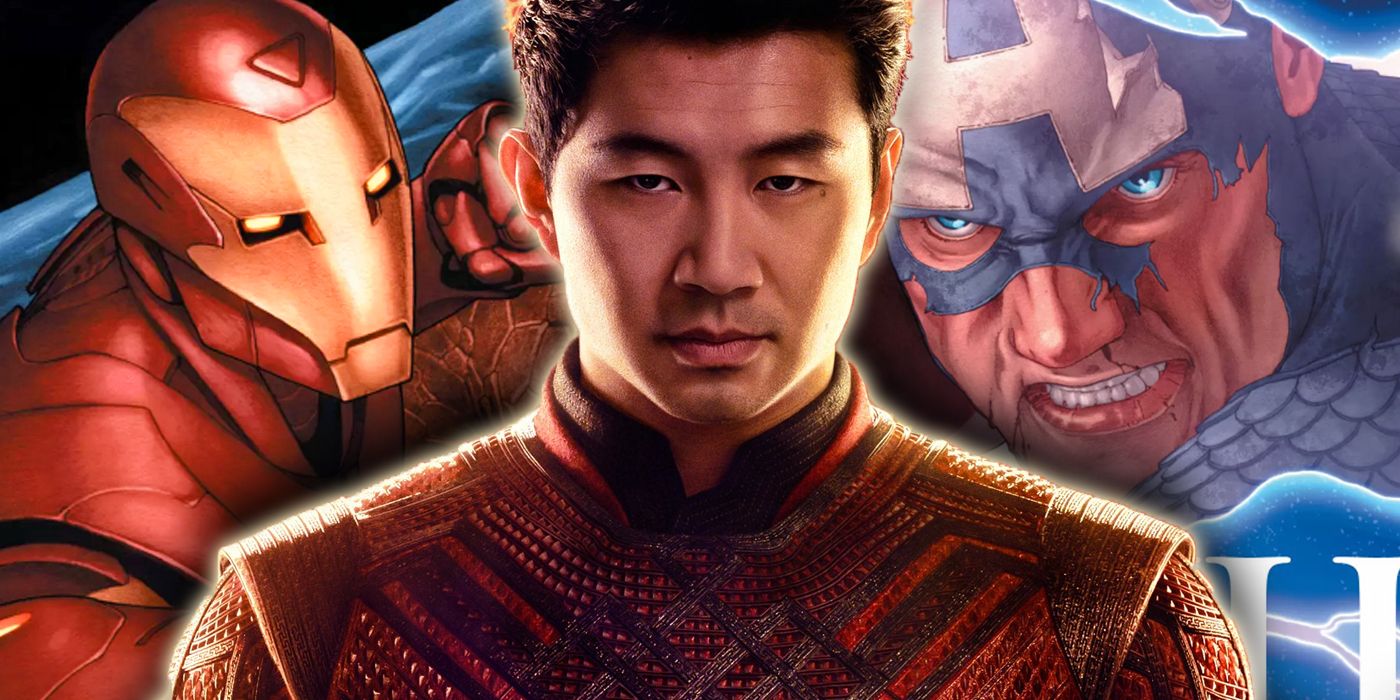
Today, we look at how Shang-Chi was willing to defend Iron Man's worst actions during the Civil War crossover event.
In Remember to Forget, we spotlight comic book stories that I wish I could forget, but I can’t, so I instead share them with you all!
This time around, we see the "danger" (quotes because, honestly, these are all fictional characters, so there really isn't as much danger to their reputations as you might imagine, as we pretty much see all of the time that readers and writers are more than willing to just excise the more problematic aspects of character's past when needed...except for Hank Pym. No one will ever forgive Hank Pym) of having your character get caught up in a crossover event that you're not directly involved in, as you often will need to associate your character to some ideas that you wouldn't normally want associated with your character.
As you are likely aware of, the Marvel crossover event, Civil War, was a bit controversial in what it did to the reputations of the characters involved in the event, by which I mean, not much has actually happened to their reputations, but only because later writers have decided to actively redeem a few of the characters involved (Tony Stark lost his memory of this period in his life and then apologized profusely for his actions during this time and Hank Pym was revealed to have been replace by a Skrull during this period) and just agree to never speak of this period again so that we can pretend that certain characters would be willing to to forgive the actions of other characters (Reed Richards).
After a battle between the New Warriors and a group of supervillains led to the supervillain Nitro exploding in a residential area of Stamford, CT, killing hundreds, including a bunch of little kids (as the fight was right next to an elementary school) and most of the New Warriors themselves, Iron Man felt like he had to step in and take control of a government mandate called the Superhuman Registration Act, where superheroes would have to register with the government to get proper training as a superhero. A number of superheroes, like Captain America, felt that that was asking too much of superheroes and that they couldn't trust the government with their secrets (and, right on cue, shortly after Civil War, Norman Osborn became in charge of the program, with only Iron Man's quick thinking keeping Osborn from getting all of those aforementioned secrets that the heroes didn't want the government knowing).
The three major faces of the government's positions during Civil War were Iron Man, Mister Fantastic and Yellowjacket, who decided to take this time to work together to come up with a number of life-altering ideas. Some of these life-altering ideas included building a prison in the Negative Zone where rogue superheroes could be held captive without traditional legal rights, but, well...okay, I got nothing, this was not good for the reputations of these three heroes.
The worst part, though, was when Thor seemingly returned to life at the end of Civil War #3 (by Mark Millar, Steve McNiven, Dexter Vines and Morry Hollowell), seemingly working alongside Iron Man's side against Captain America's side...
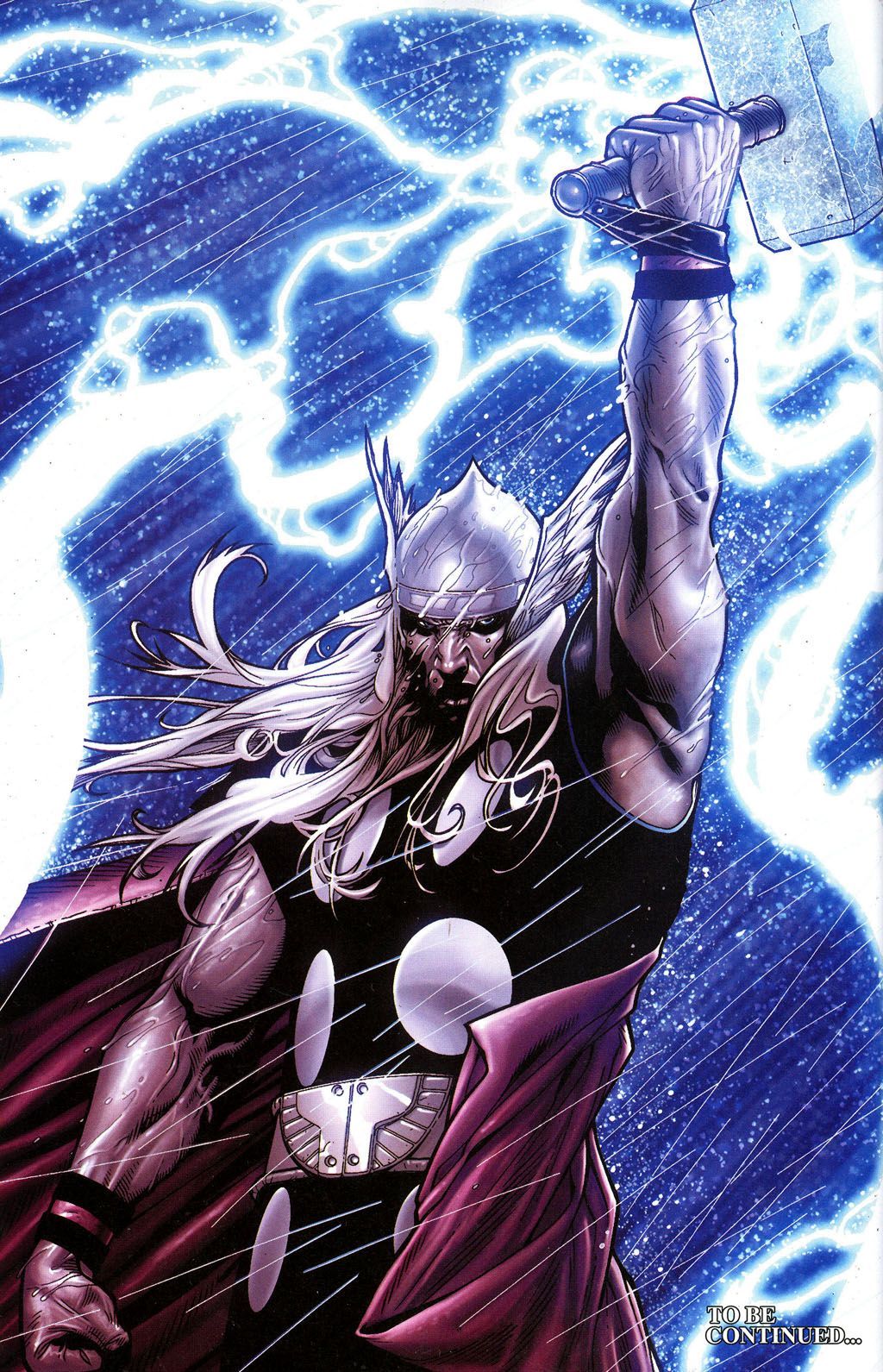
It soon became evident in the following issue that this wasn't the actual Thor when Thor blew a hole through the chest of Bill Foster, Hank Pym's former scientist buddy who had become the hero known as Goliath, carrying on Hank Pym's heroic legacy...
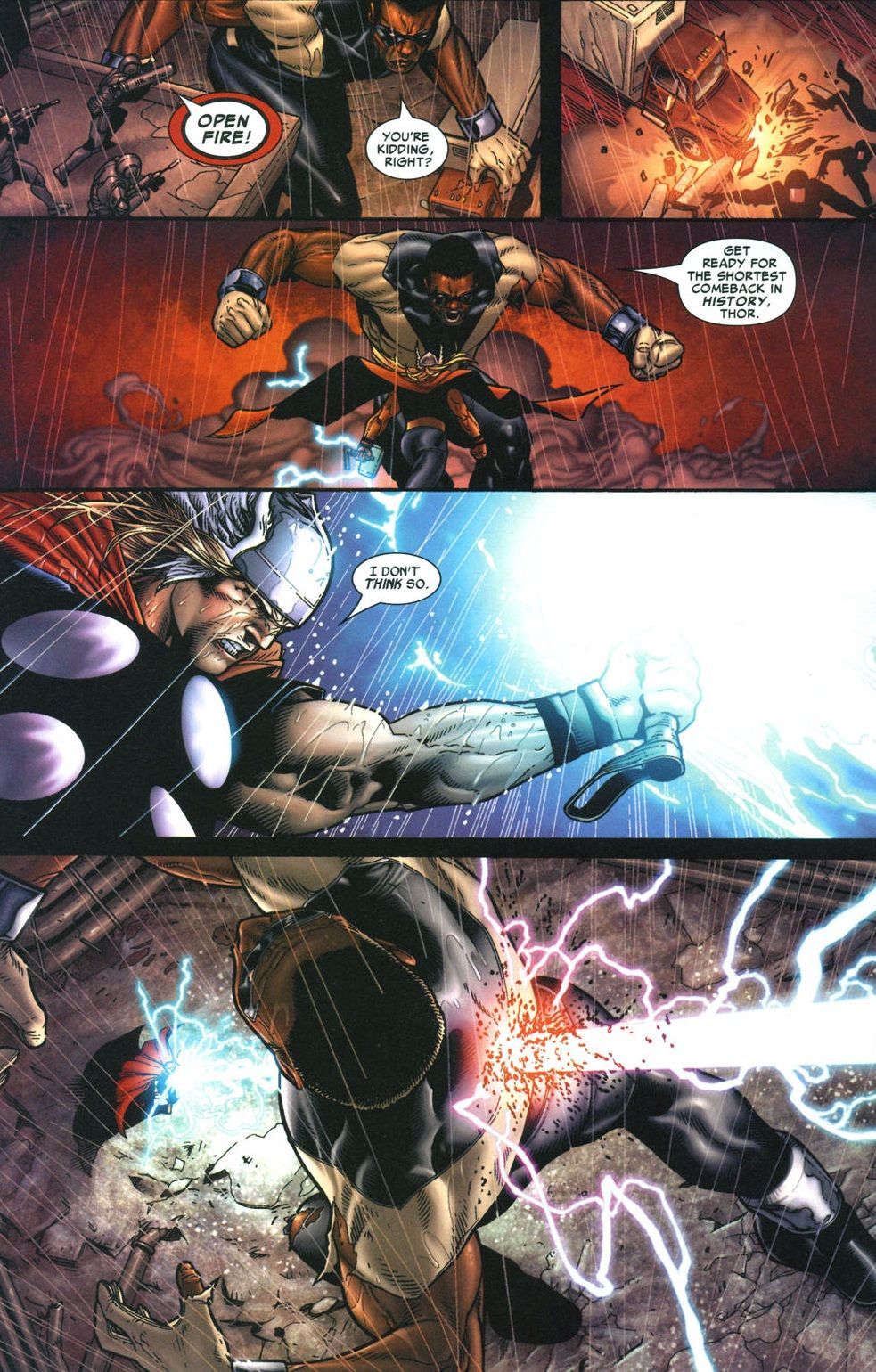
It was then revealed that Tony, Reed and Hank had created a clone of Thor that they controlled and said Thor clone had just gone nuts and killed Goliath. Sue Richards' disdain for her husband here is well-earned (and, again, she eventually just "gets over it," because we can't have Invisible Woman hating Mister Fantastic, at least not long term)...
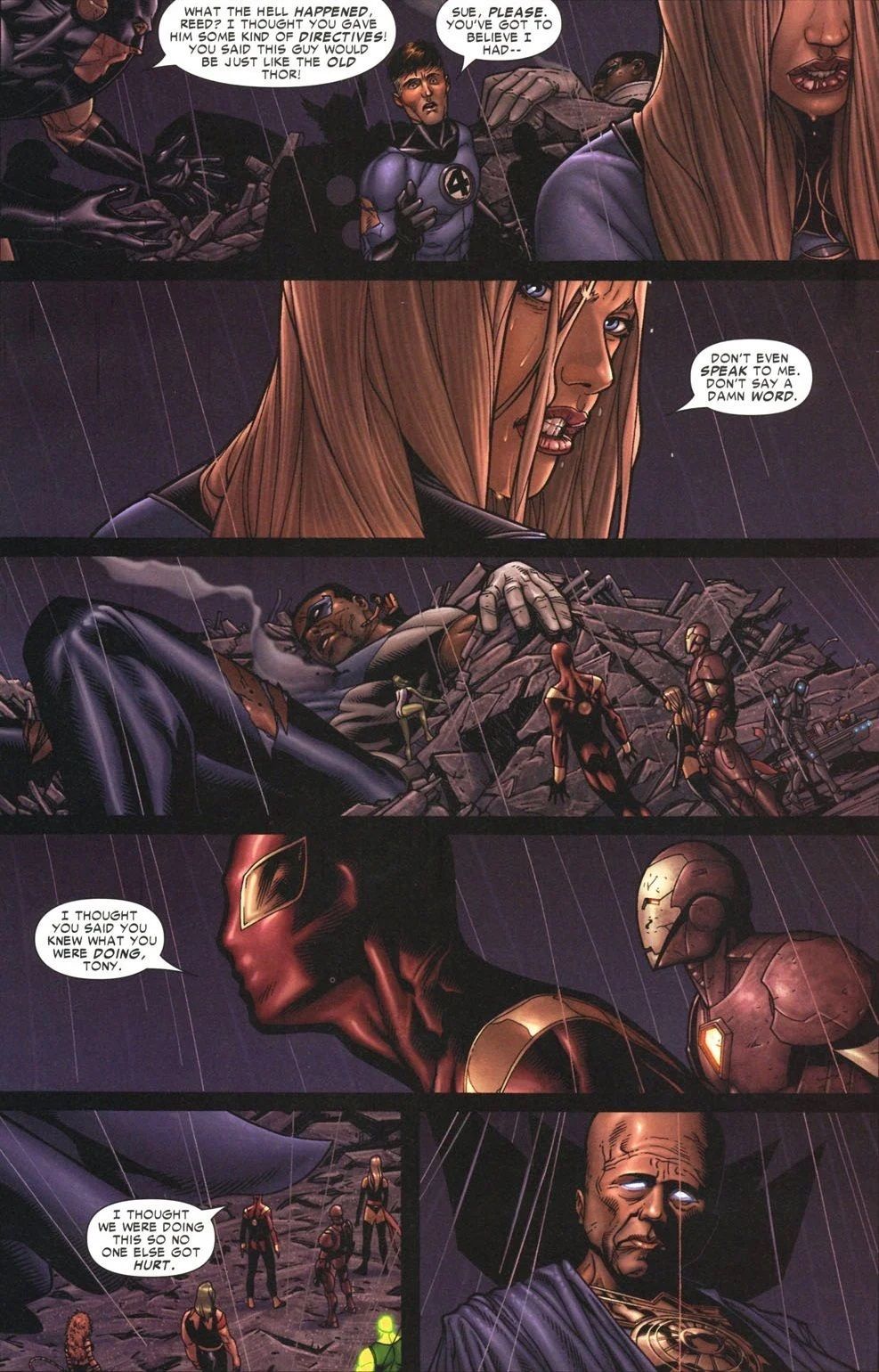
Really messed up, right? But what about the superheroes who had sided with Iron Man during Civil War?
Part of the setup of the event was that superheroes would HAVE to side with either Iron Man and Captain America and while presumably most writers would want their characters to side with Captain America, that wouldn't be fair to the overall story, so Iron Man HAD to have allies, and so certain characters, whether logical or not, joined up with Iron Man, like She-Hulk, Carol Danvers (then going by Ms. Marvel) and Misty Knight and her newly formed Heroes for Hire, who agreed to hunt down superpowered beings who refused to register in exchange for expensive bounties. Shang-Chi was on this team...
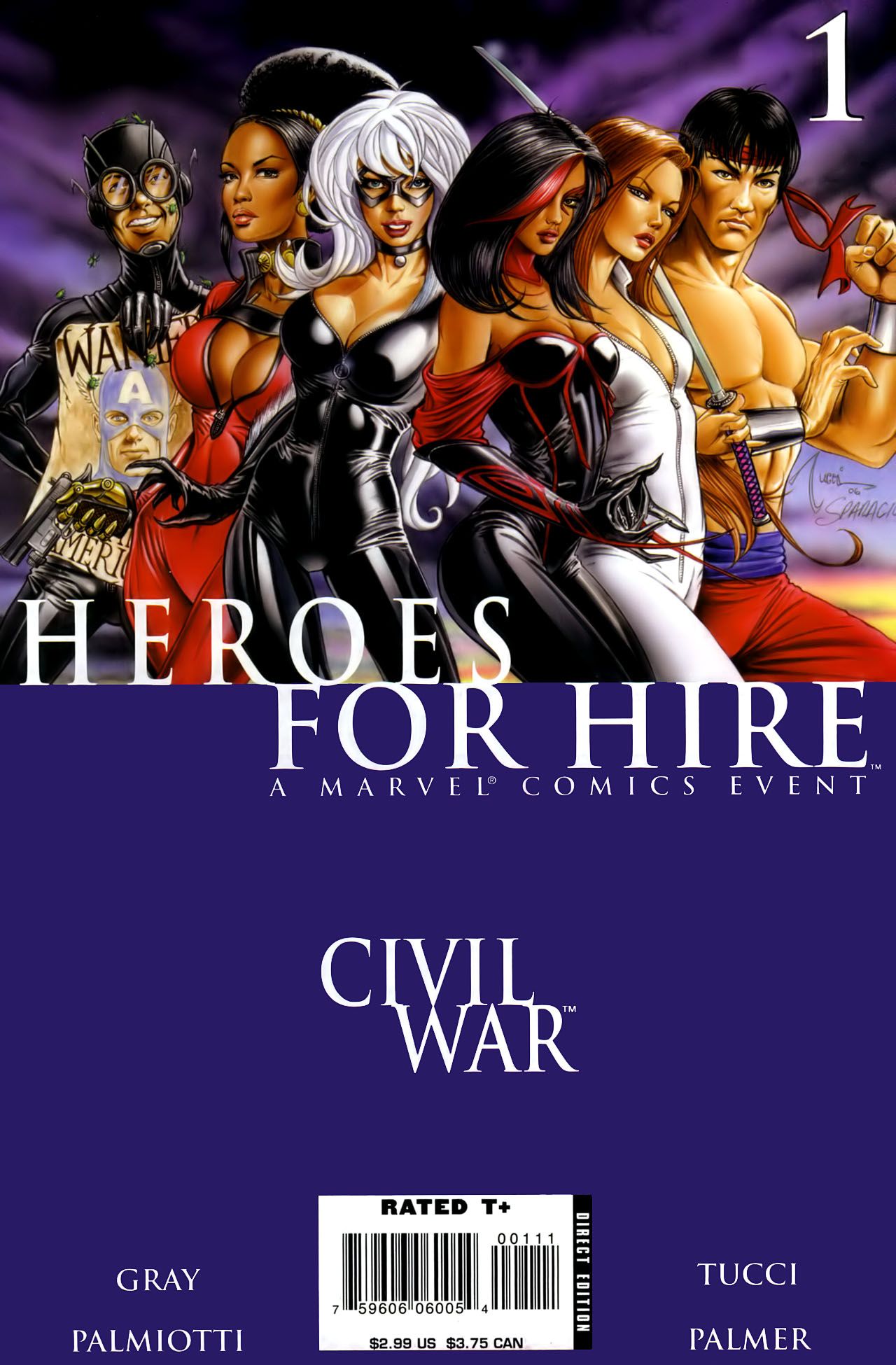
Writers Jimmy Palmiotti and Justin Gray (working with artists Billy Tucci, Tom Palmer and Marte Gracia) had to then have Misty Knight basically agree with the Superhuman Registration Act in Heroes for Hire #1...
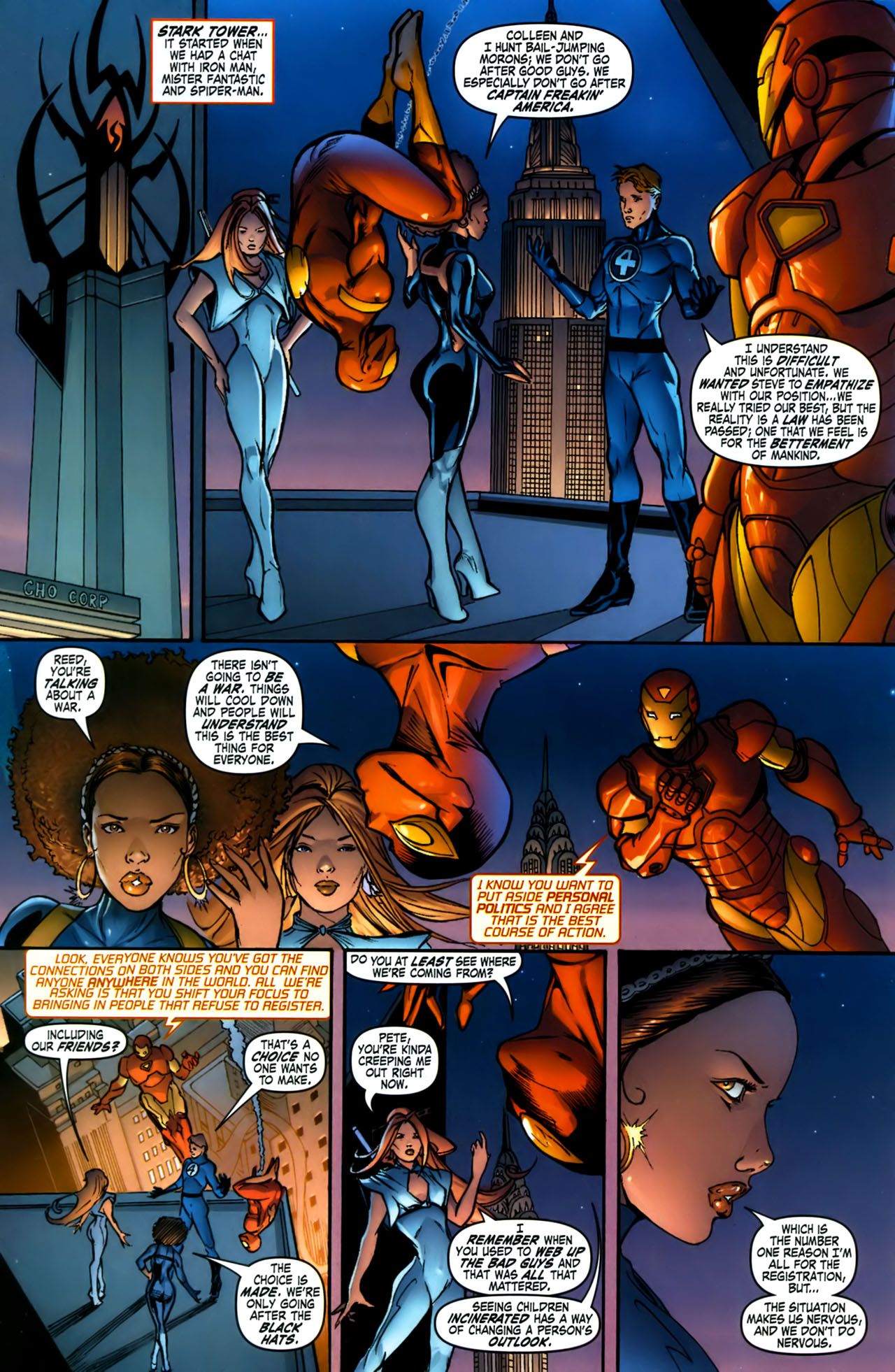
Even as Gray and Palmiotti write Misty and her partner, Colleen Wing, in character, which has them pointing out how BAD the idea is, but they end up on a compromise of only agreeing to take own supervillains and that if anything goes wrong, they'll revisit their agreement...
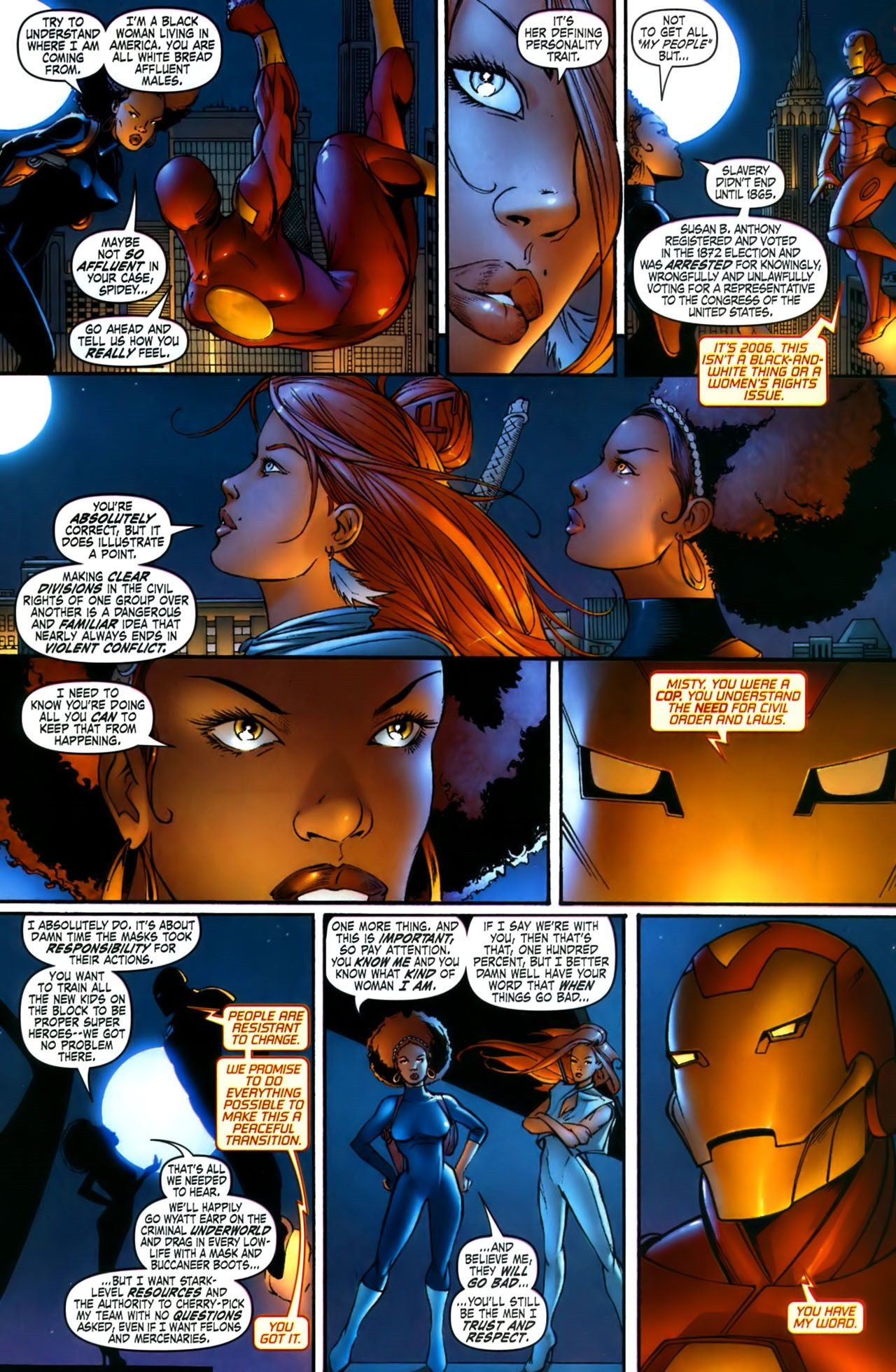
Obviously, then, the death of Goliath was clearly "things going wrong," and yet that occurred right after the FIRST issue of the series, so Palmiotti and Gray had to come up with explanations in issue #2 (with artists Francis Portela and Bad Anderson joining the initial creative team) for why Misty and the others would be cool with that, while not betraying Misty and the others as characters and, well, it's tough...
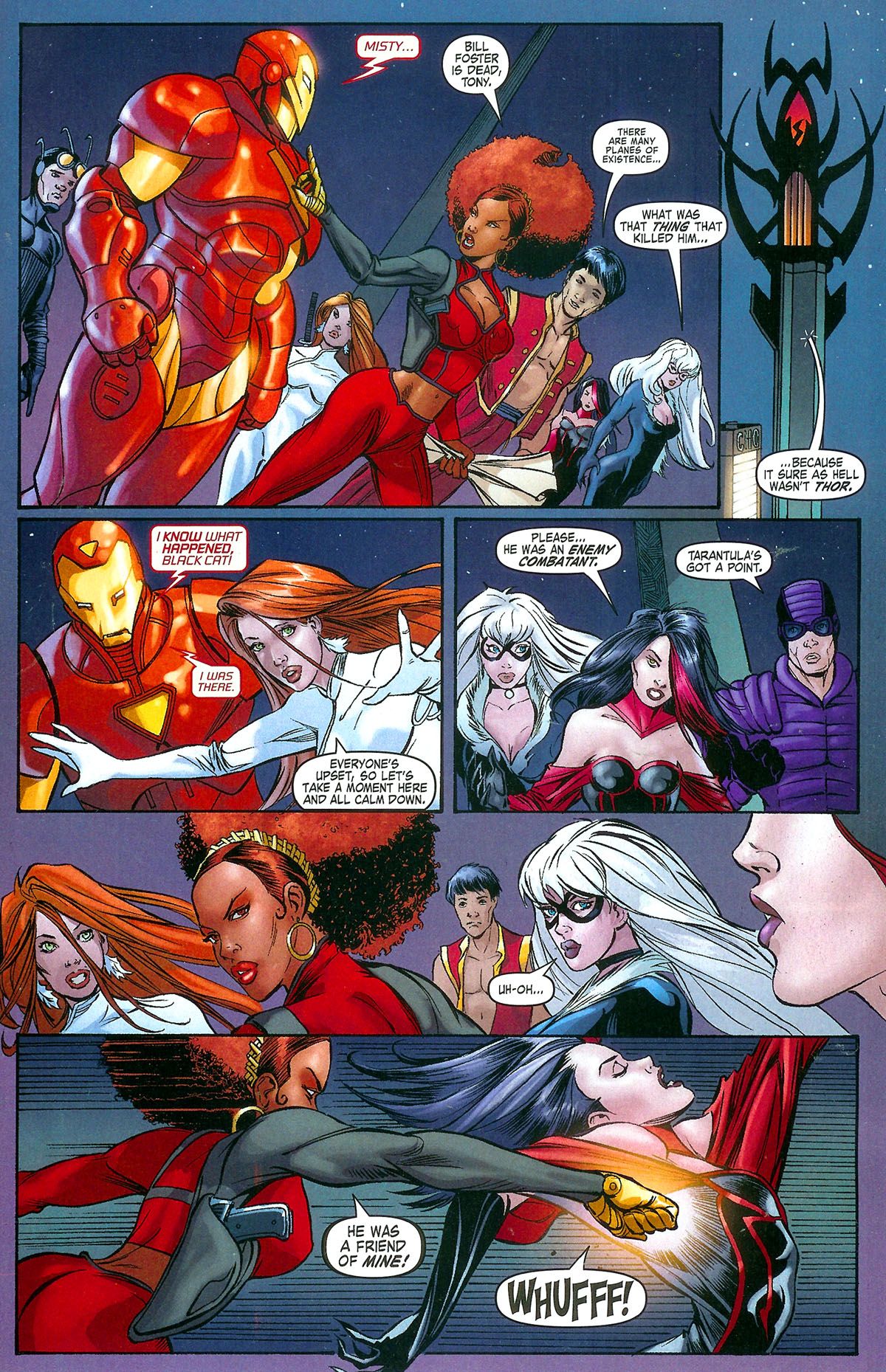
Tarantula is a lowlife, so her thoughts are presented as being stupid and offensive, but then Shang-Chi steps in and also decides to exonerate Iron Man's actins with the Thor clone for no good reason that I can see...
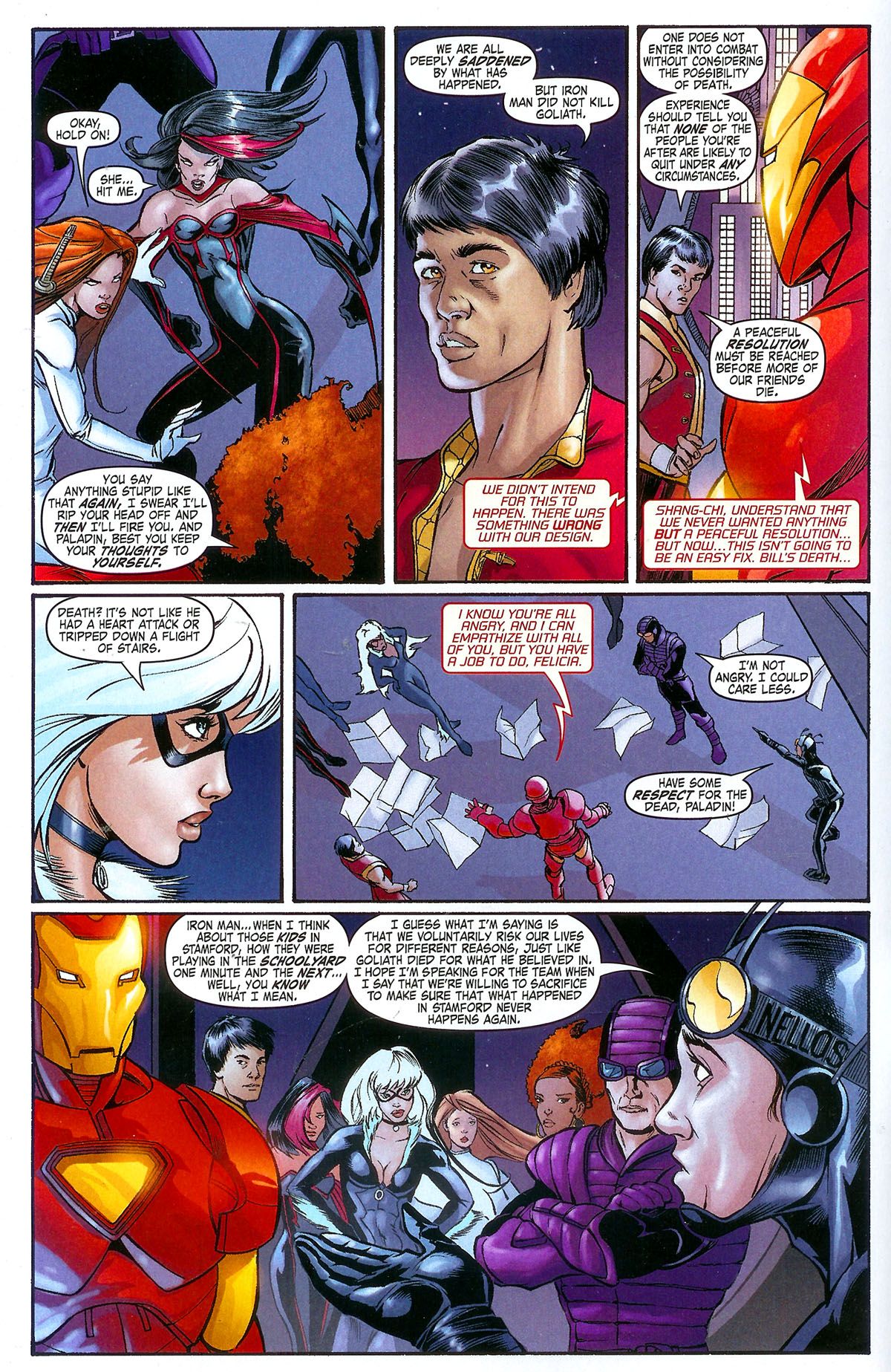
And we see that even Misty ultimately agrees that Iron Man is not at fault for the clone he made of Thor killing a friend of Misty's...
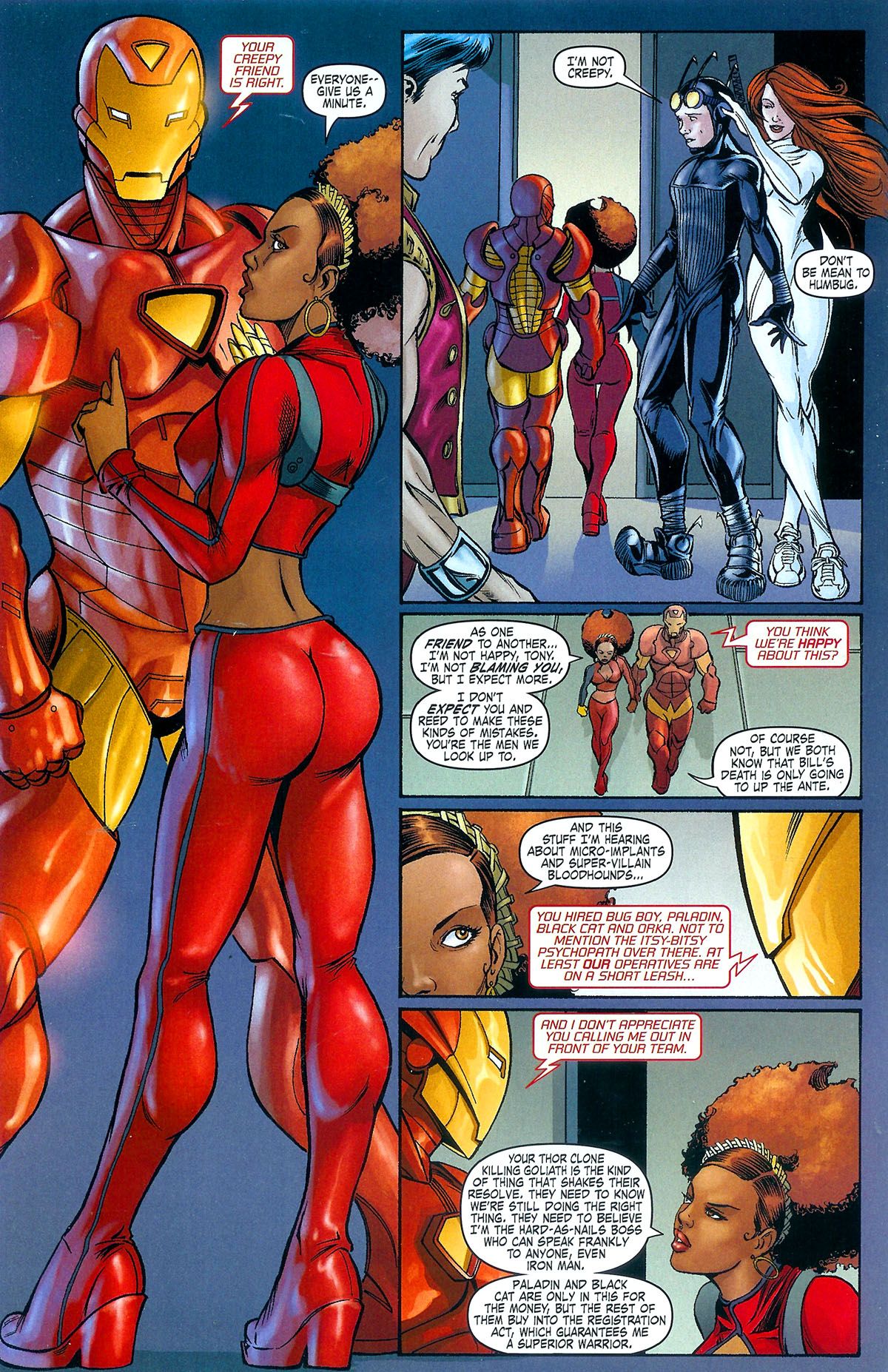
The storyline really put writers like Gray and Palmiotti in increasingly difficult positions, having to somehow balance their respect for their own characters with the needs of the overall story, so we get some weird stuff like Shang-Chi and Misty's positions here. Luckily, as noted, everyone pretty much forgot the positions people took during Civil War later on, so it's all good now.
If you have a suggestion for another comic book plot that is probably best forgotten (but it is fun to revel in how much we can't help but still remember it), drop me a line at brianc@cbr.com
0 Comments